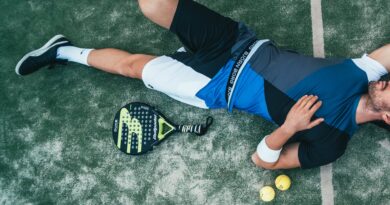Effects of Puberty on Sports Performance

There appears to be increasing numbers of children who specialize in a single sport at an early age and train year-round for this sport. While the lure of a college scholarship or a professional career can motivate young athletes (and their parents) to commit to specialized training regimens at an early age, the American Academy of Pediatrics (AAP) recommends avoiding specializing in one sport before puberty.
The Growing & Maturing Skeleton
Puberty is a period of rapid growth.
Girls: On average, rapid growth occurs around age eleven and a half, but it can begin as early as eight or as late as fourteen.
Boys: Usually trail behind by about two years—this is why thirteen-year-old girls can, for a time, be a head taller than thirteen year old boys.
Once puberty begins, both boys and girls go through their adolescent growth spurt (AGS). Needless to say, these changes and the ages at which they occur can have an impact on a child’s sports performance.
Changes in Athletic Performance during the Adolescent Growth Spurt
Going through puberty can have a significant impact on athletic performance in both positive and negative ways. While increases in body size, hormones, and muscle strength can improve athletic performance, there may be a temporary decline in balance skills and body control during the AGS. Quick increases in height and weight effect the body’s center of gravity. Sometimes, the brain has to adjust to this higher observation point, and a teen may seem a bit “clumsy.”
This phase especially noticeable in sports that require good balance and body control (e.g. figure skating, diving, gymnastics, basketball). In addition, longer arms and legs can affect throwing any type of ball, hitting with a bat or racquet, catching with a glove or lacrosse stick, swimming and jumping. Coaches and trainers that are aware of the AGS can help reduce athletic awkwardness by incorporating specific aspects of training into practices and training sessions.
Read the full post here.
